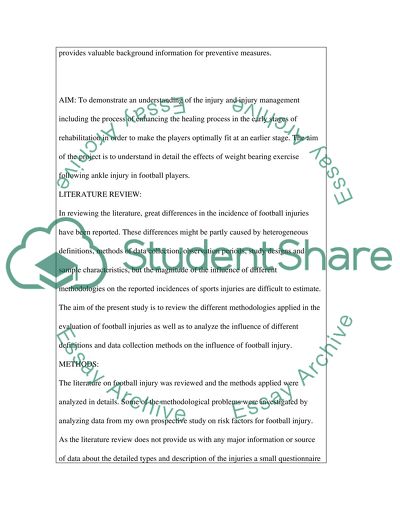Cite this document
(“Sports Injury Essay Example | Topics and Well Written Essays - 1750 words”, n.d.)
Retrieved from https://studentshare.org/health-sciences-medicine/1504269-sports-injury
Retrieved from https://studentshare.org/health-sciences-medicine/1504269-sports-injury
(Sports Injury Essay Example | Topics and Well Written Essays - 1750 Words)
https://studentshare.org/health-sciences-medicine/1504269-sports-injury.
https://studentshare.org/health-sciences-medicine/1504269-sports-injury.
“Sports Injury Essay Example | Topics and Well Written Essays - 1750 Words”, n.d. https://studentshare.org/health-sciences-medicine/1504269-sports-injury.


